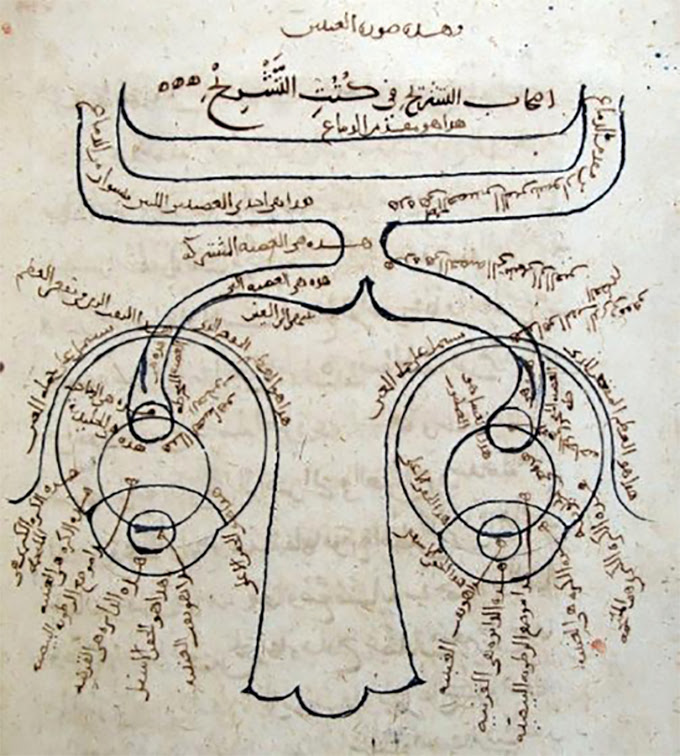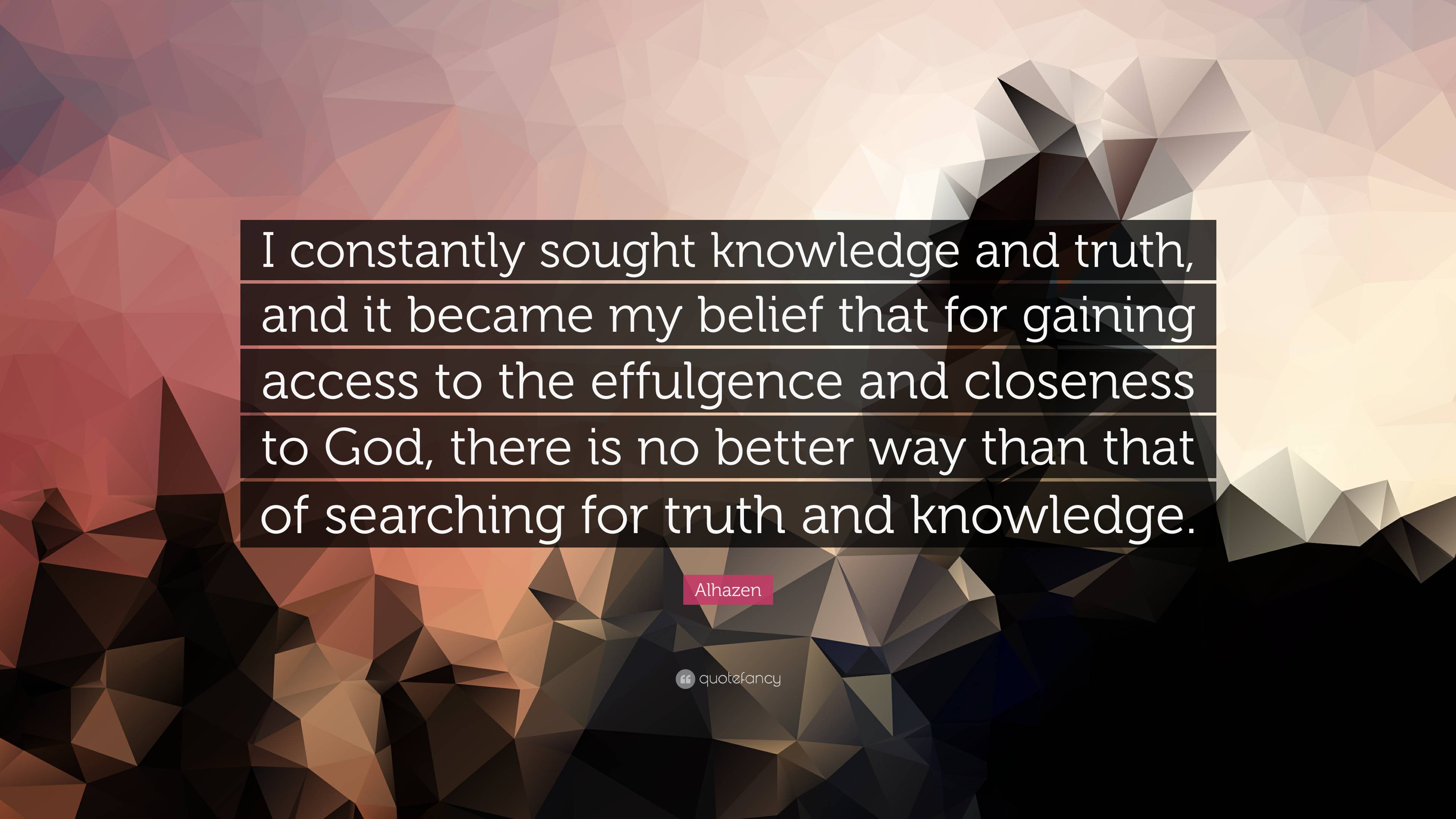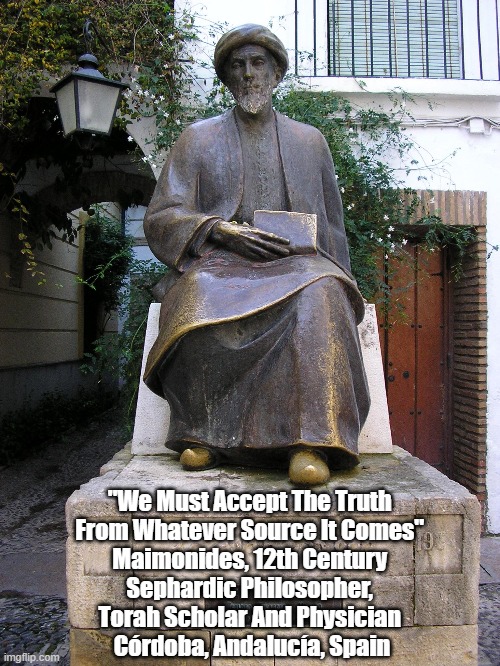The First Scientist’s Guide to Truth: Alhazen on Critical Thinking
Born into a world with no clocks, telescopes, microscopes, or democracy, Ḥasan Ibn al-Haytham (c. 965–c. 1040), known in the West as Alhazen, began his life studying religion, but grew quickly disenchanted by its unquestioned dogmas and the way it turned people on each other with the self-righteous fist of zealous subjectivity. Instead, he devoted himself to the search for objective truth, pure and impartial, taken from the open hand of Mother Nature — the study of reality raw and rapturous, unmediated by interpretation.
Eight centuries before the birth of photography, Alhazen gave the first clear description of a camera obscura, which he constructed to observe a partial solar eclipse. Drawing on his experiments with pinhole projection, he became the first person to proffer a correct theory of vision, refuting the two competing theories that had been dominating since Ancient Greece: that we see by emitting rays of light from our eyes, as Euclid and Ptolemy believed, and that sight is the product of objects entering the eye as physical forms, as Aristotle believed. After conducting various experiments on reflection and refraction with lenses and mirrors, he correctly described the anatomy of the eye as an optical system, laying the groundwork for the entwined history of vision and consciousness.

Alhazen’s description of the human optical system.
To avoid persecution by the tyrannical caliph whose ire he had spurred, Alhazen feigned insanity and was placed under house arrest. There, he spent a decade detailing his experiments and reckoning with their far-reaching implications in his revolutionary seven-volume Book of Optics, which went on to influence Galileo and Kepler, Descartes and Newton, Da Vinci and Chaucer.
Half a millennium before Copernicus, he criticized Ptolemy’s cosmology in a treatise titled Dubitationes in Ptolemaeum (Doubts on Ptolemy). On its pages, he formulates what is essentially the first succinct description of the scientific method, five centuries ahead of its bloom in the Renaissance. In this regard, Alhazen could be considered the first true scientist, eight centuries before the word itself was coined (incidentally, for a woman).
Nearly a millennium before Carl Sagan’s Baloney Detection Kit for critical thinking, Alhazen writes (as translated by the late Harvard scholar Abdelhamid Ibrahim Sabra):
Truth is sought for itself; and in seeking that which is sought for itself one is only concerned to find it… The seeker after the truth… is not he* who studies the writings of the ancients and… puts his trust in them, but rather the one who suspects his faith in them and questions what he gathers from them, the one who submits to argument and demonstration, and not to the sayings of a human being whose nature is fraught with all kinds of imperfection and deficiency. It is thus the duty of the man who studies the writings of scientists, if learning the truth is his goal, to make himself an enemy of all that he reads, and, applying his mind to the core and margins of its content, attack it from every side. He should also suspect himself as he performs his critical examination of it, so that he may avoid falling into either prejudice or leniency. If he follows this path, the truths will be revealed to him, and whatever shortcomings or uncertainties may exist in the discourse of those who came before him will become manifest.
Complement with Galileo on critical thinking and the folly of believing our preconceptions and Bertrand Russell on the will to doubt, then revisit the illustrated story of Alhazen’s polymathic Persian contemporary Ibn Sina, who shaped the course of medicine.
FORWARD TO A FRIEND/READ ONLINE/ |



No comments:
Post a Comment